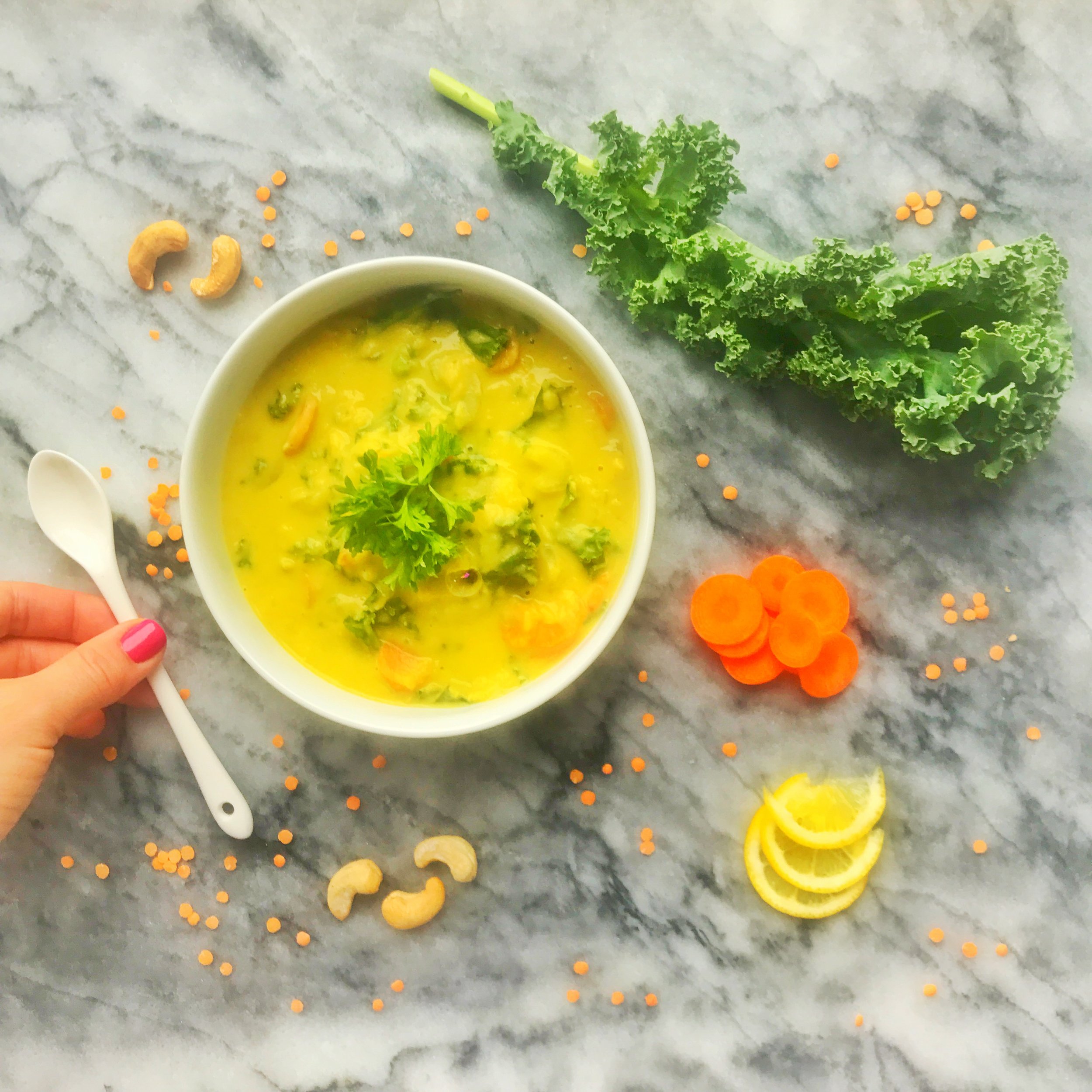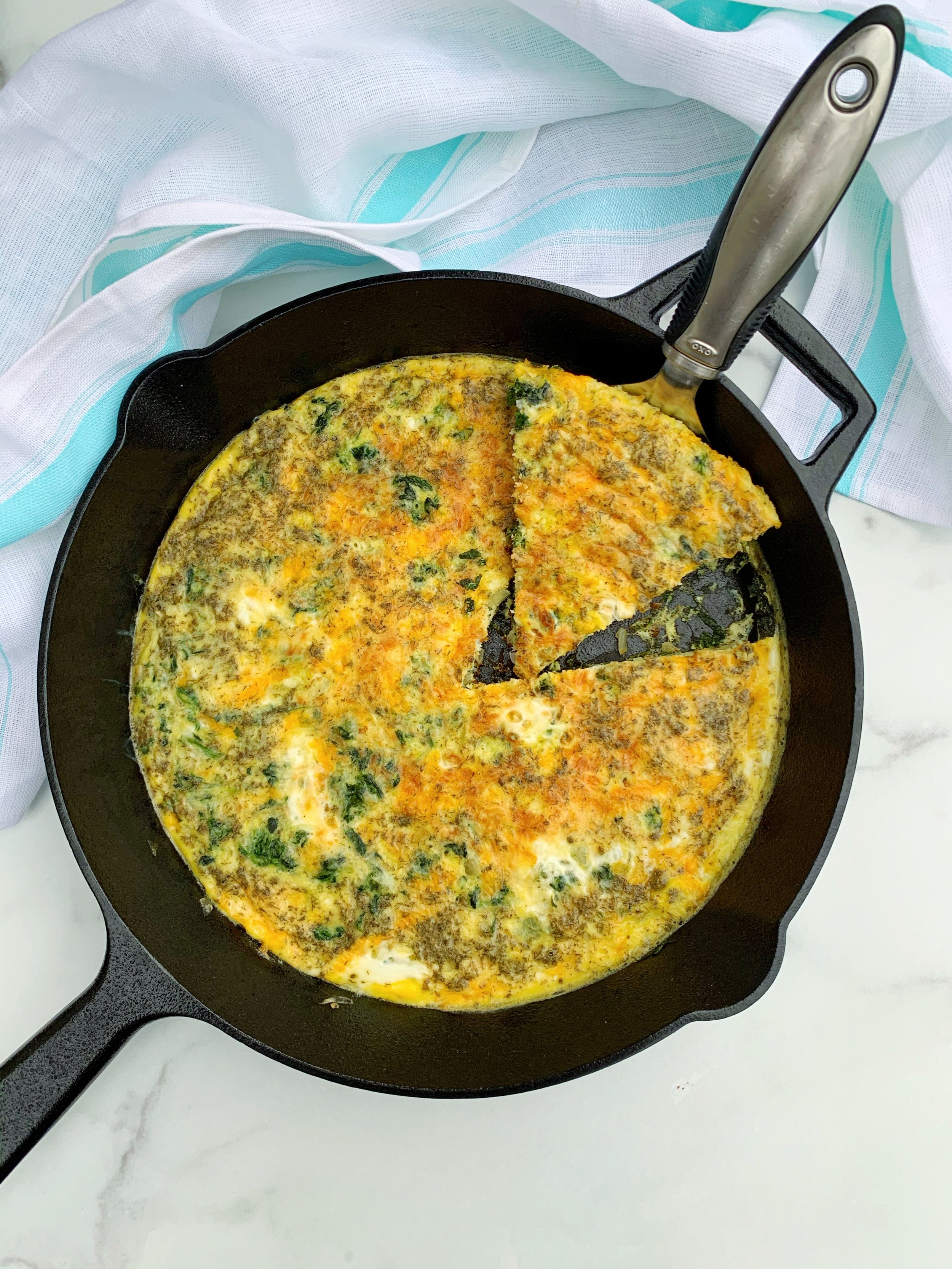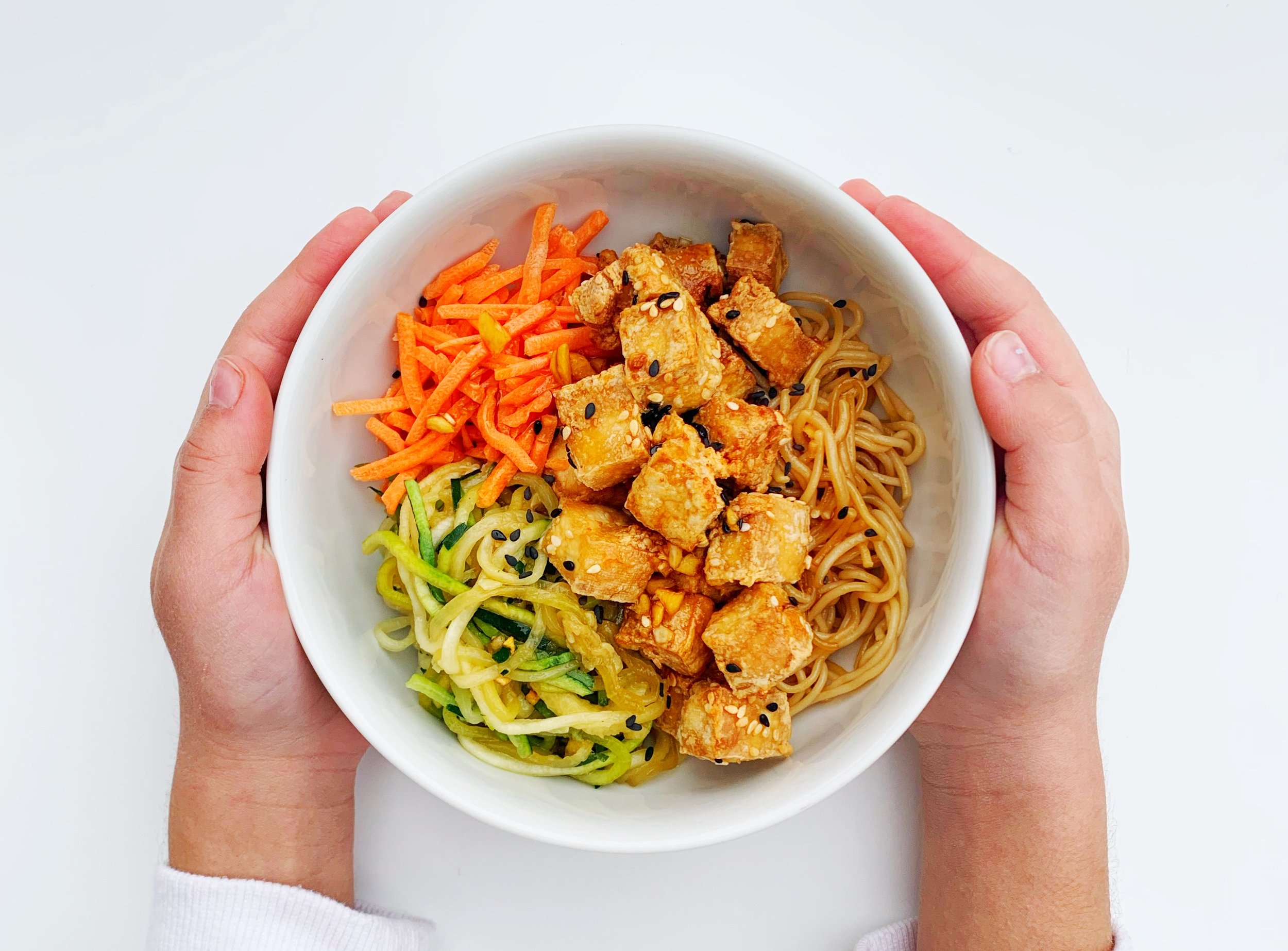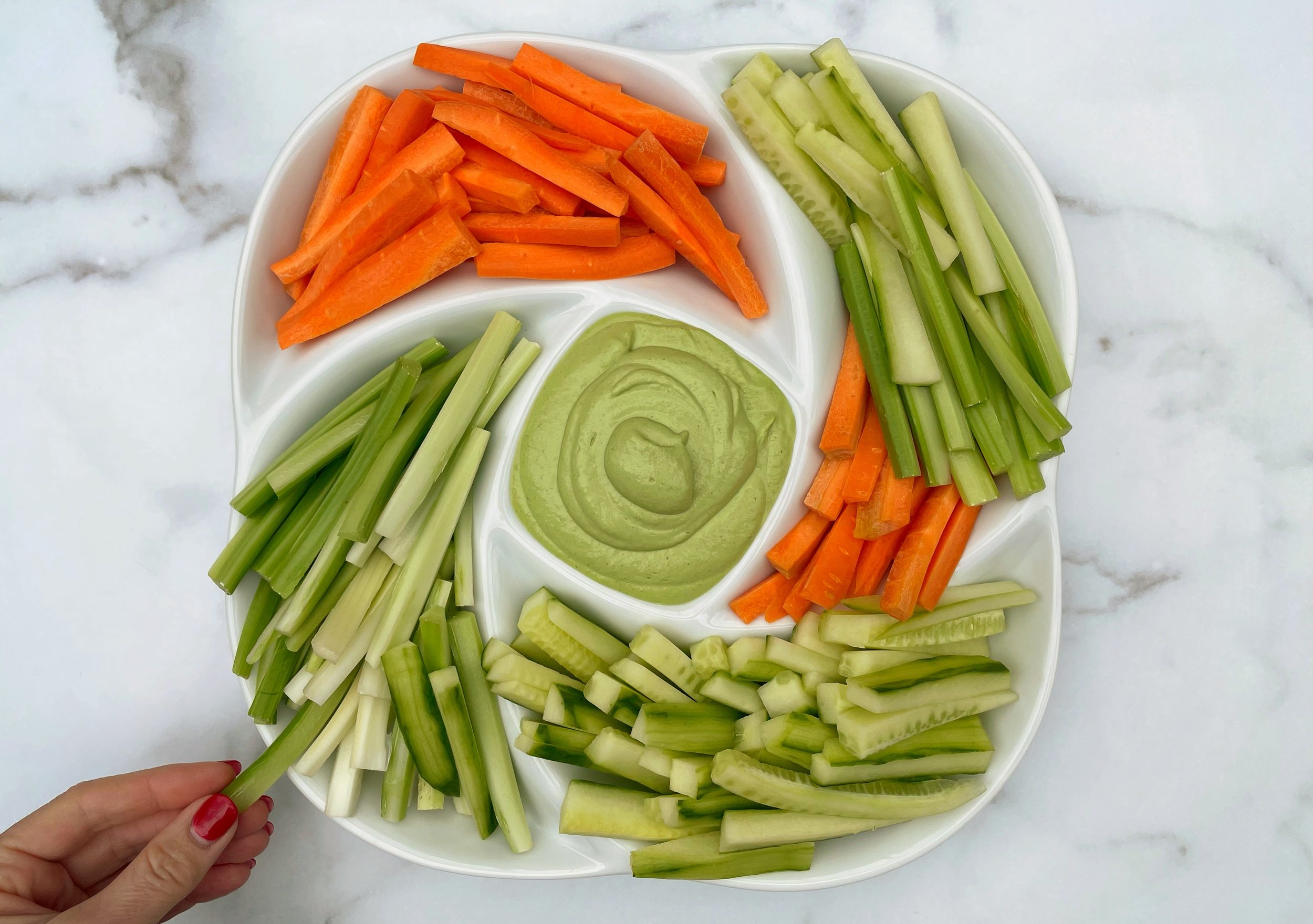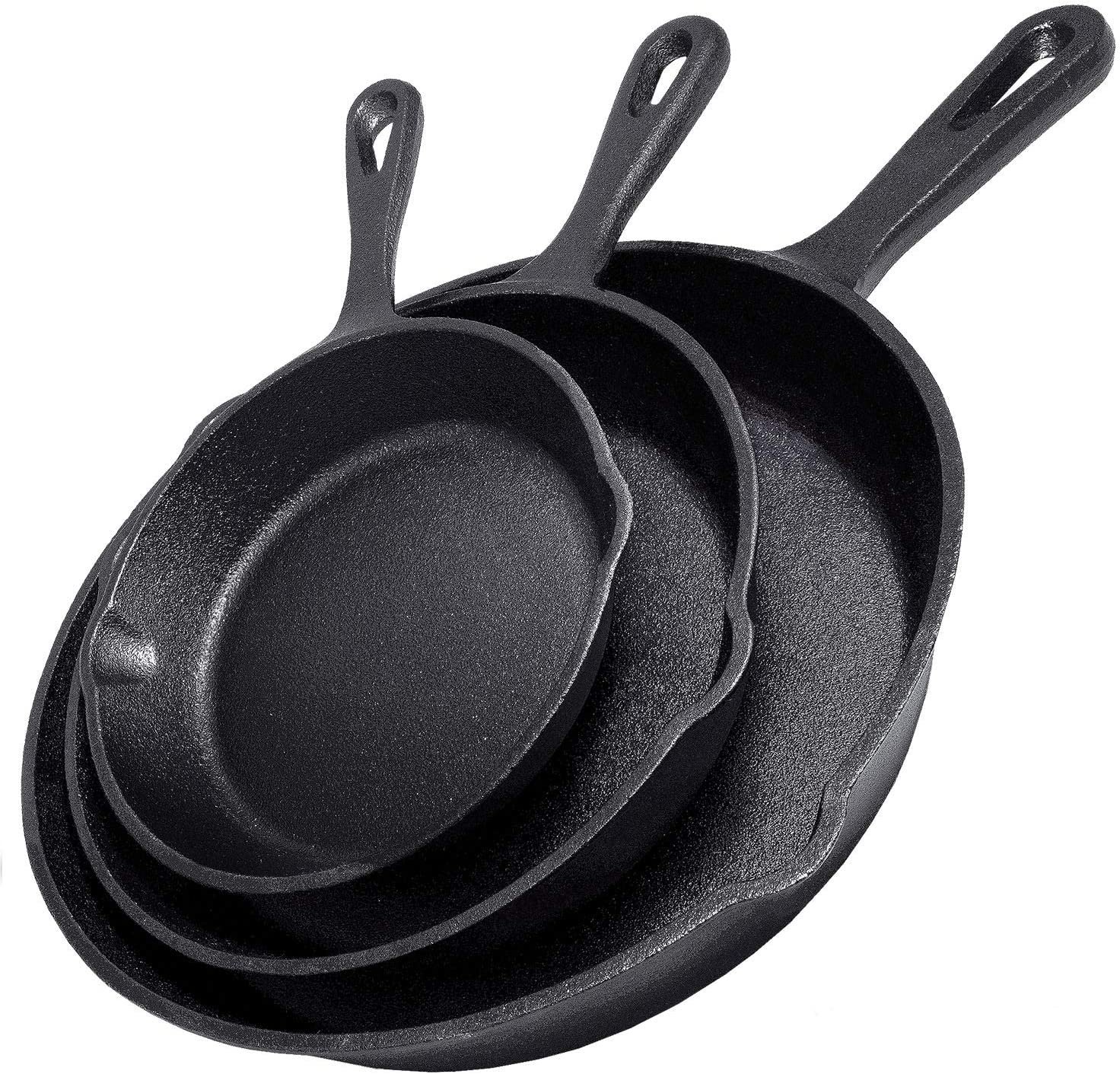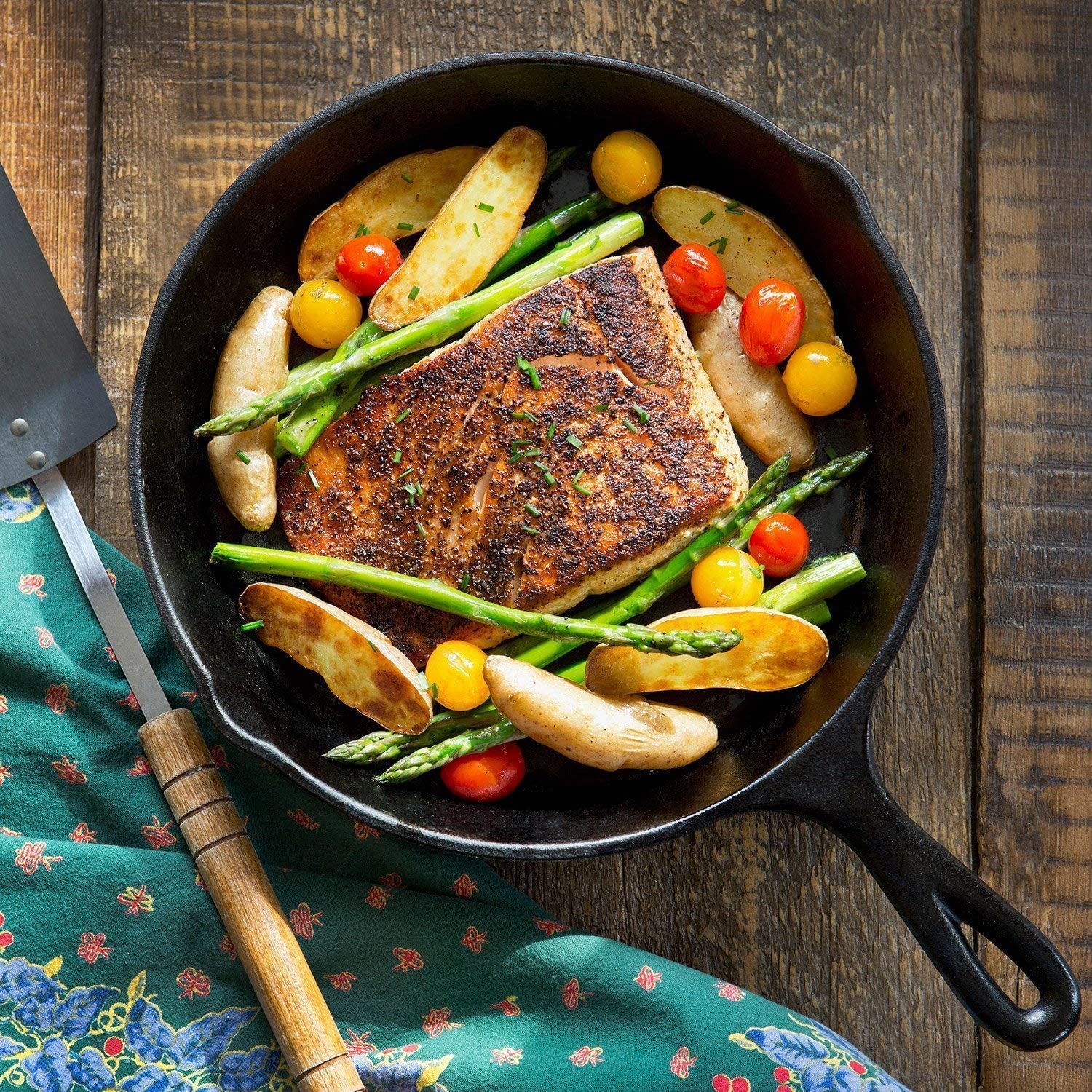Can You Get Enough Iron on a Plant-Based Diet?
This blog contains affiliate links, meaning that if you choose to purchase a product through a link, I will receive a small commission - this in no way impacts the amount you pay. Affiliate links are marked with an asterisk (*).
Just back from my yearly physical, and as it turns out, I’m slightly anemic - the iron-deficient kind. Ha! Even dietitians can have nutrient deficiencies.
Got me thinking about iron. When you follow a mostly plant-based diet, can you get enough? The short answer is yes, but it takes a little extra effort.
Iron is a crucial mineral that plays a vital role in carrying oxygen throughout the body, supporting metabolism, and promoting overall health. While animal products are typically rich sources of iron, there are plenty of plant-based foods that can provide this essential nutrient.
In this post, we'll explore the importance of iron, the best plant-based iron sources, how to maximize their absorption and maintain adequate iron levels on a plant-based diet.
Why is iron important?
Iron is essential to the human body and we lose some every day through skin, sweat, waste, and monthly through menstruation. It is a key component of hemoglobin, the substance in red blood cells that carries oxygen from the lungs to the rest of the body.
Without enough iron, the body cannot produce enough healthy red blood cells, leading to a condition called iron deficiency anemia. While iron deficiency is most common in children, teens, women of childbearing age, pregnant women, and vegans/vegetarians, maintaining proper iron levels is important for everyone.
Women who follow a more plant-based diet, in particular, must eat almost twice as much iron as everyone else (roughly 32 mg/day per day for women ages 19 - 50 and 14 mg/day for women ages 51 and older).
Symptoms of iron deficiency anemia can include fatigue, weakness, pale skin, shortness of breath, and dizziness. If you are experiencing any of these symptoms, please call your primary care provider for further evaluation.
Can I eat too much iron?
It is important to note that while iron deficiency can lead to anemia, too much iron can also be harmful. Iron poisoning is a serious condition that can occur with excessive iron intake, particularly from supplements. Always consult with a registered dietitian or healthcare professional before taking iron supplements.
Which foods have the most iron?
There are actually two kinds of iron – heme iron, the type of iron found in animal foods which the human body absorbs more easily, and non-heme, the kind found in plant foods, which is harder to digest and absorb. The highest heme sources of iron include meat, poultry, and seafood, including beef, lamb, chicken, turkey, and shellfish.
While plant-based sources of iron may not be as readily absorbed as animal-based sources, they can still contribute significantly to meeting your iron needs. The highest non-heme iron sources include fortified breakfast cereals and white beans (hooray for cannellini beans!!) Other good sources include lentils, tomatoes, spinach, tofu, beans, legumes, and cashews.
Which legumes are high in iron?
Lentils, soybeans/tofu/tempeh, chickpeas, and kidney beans are excellent sources of iron. They are also high in protein and fiber, making them a nutritious addition to any plant-based meal. One of my favorite plant-based meals is Beans on Toast!
Which nuts and seeds are richest in iron?
Almonds, cashews, chia seeds*, and pumpkin seeds are good sources of iron. They are also rich in healthy fats and protein. Try this delicious Chocolate Cherry Smoothie that is loaded with iron-rich chia seeds, flax seeds, almond butter, kale, and cocoa powder.
Which vegetables have the highest levels of iron?
Spinach, kale, and Swiss chard are rich in iron. They are also packed with other vitamins and minerals, like Vitamin A, Vitamin C, iron, magnesium, potassium, and calcium, making them a nutritional powerhouse. White potatoes can also be a good source of iron, but make sure to eat them with their skin on for maximum iron intake.
What whole grain foods have the most iron?
Whole-grain foods like quinoa*, amaranth, and oats*, as well as fortified whole-grain breakfast cereals*, are high in iron. They are also high in fiber, which can help with digestion and constipation. I love cooking these Pumpkin Chocolate Chip Bars made with iron-rich cannellini beans and oats for a tasty, nutrient-dense dessert.
What fruits contain the most iron?
Dried fruits like raisins* and apricots are excellent sources of iron because the nutrient content is more concentrated once the water is removed; however, they can be high in sugar. It helps to choose unsweetened varieties and limit to one portion size per day.
How can I increase iron absorption from plant foods?
Vitamin C helps improve iron absorption. Pair your non-heme iron sources with a food high in vitamin C, such as citrus fruits, strawberries, or bell peppers. Luckily, this is easy to do since so many of these combos taste great - for example, a citrus fruit over a spinach salad and vegetarian chili with tomatoes and beans.
Another great way to increase intake of iron is by cooking in cast iron pots and pans. I’ve linked some for you in my Amazon Storefront*. The more acidic the food you cook and the longer you cook it, the more iron is leached out of the pan and into the food.
Certain compounds, like tannins in tea and coffee, may inhibit the absorption of non-heme iron, though more research is needed. It's best to avoid consuming these with iron-rich meals.
Calcium supplements, as well as large portions of dairy, can also hinder iron absorption. If you take a supplement, be sure not to exceed the recommended daily amount, and try to avoid taking it with an iron-rich meal. Kids who drink cow’s milk should be limited to no more than about 16 ounces per day to help reduce the risk of iron deficiency anemia.
I’m gonna go start following my own advice now and work on improving my iron levels! Check out this post for more info on optimizing iron absorption in your babies and kids. And if you’re looking for a recipe that offers plant-based sources of both iron and vitamin C in the same meal, check out my recipe for Mediterranean Summer Pasta.
If you are interested in a personalized, one-on-one nutrition consult, please schedule a virtual appointment with me for yourself and/or your kids. Thanks for reading!


